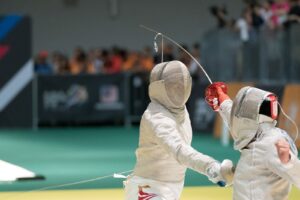
Fencing Recovery Strategies to Keep You Competing
Learn about the muscles used in fencing, injuries, and treatments. Plus, strengthening techniques to prevent future injuries.
Discover a wealth of essential resources to enhance your athletic performance, reduce the risk of injuries, and accelerate the rehabilitation process with “Your Sport.” This comprehensive guide provides a wealth of information about common muscles used in your sport, typical injuries, and the latest rehabilitation techniques to help you stay in top form. Whether you are a beginner or seasoned athlete, “Your Sport” offers valuable insights and resources to help you excel in your athletic pursuits.

Learn about the muscles used in fencing, injuries, and treatments. Plus, strengthening techniques to prevent future injuries.
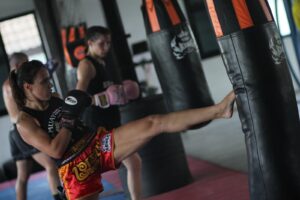
Discover how to prevent and treat muscle injuries in kickboxing with our comprehensive guide to knockout kickboxing.

Explore key muscle groups used in gymnastics, common injuries, effective treatments, and prevention techniques, with resources available in Edmonton and Sherwood Park.
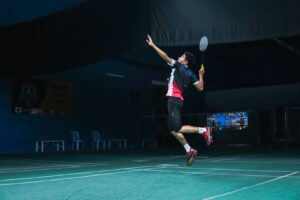
Discover the key muscles used in badminton, common injury risks, and effective treatment options for active players in Edmonton and Sherwood Park.

Discover which muscles are most active in baseball, how to prevent injuries, and where to get expert support in Edmonton and Sherwood Park.
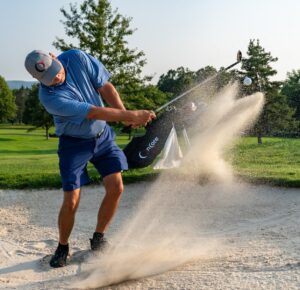
Explore the key muscles involved in a golf swing, common injuries, and strategies to improve flexibility and strength for better performance.
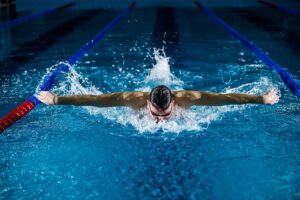
Discover what muscles are used in swimming, common injuries, and proven recovery techniques. Learn how to train smarter and stay injury-free.
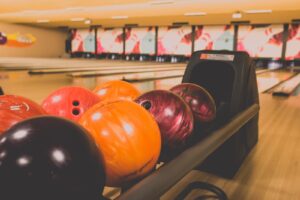
Discover how to prevent injuries, strengthen key muscles, and improve your bowling performance with practical tips for active individuals in Edmonton and Sherwood Park.
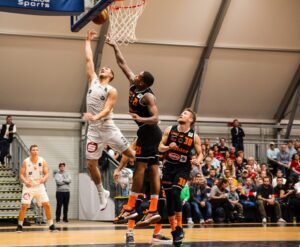
Discover the best basketball muscle injuries treatment strategies, including injury prevention, recovery tips, and therapy options in Edmonton & Sherwood Park.
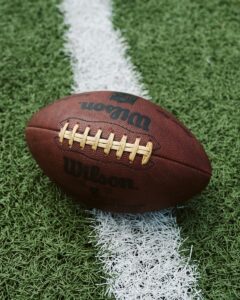
Learn how to master football with targeted muscle training, injury prevention, and expert recovery tips. Tailored for active individuals in Edmonton and Sherwood Park.
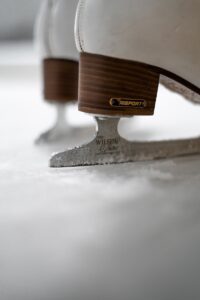
Explore the muscle groups used in figure skating, tips to prevent injuries, and exercises to improve your performance. Tailored for skaters in Edmonton and Sherwood Park.

Learn how to prevent archery injuries, improve technique, and strengthen key muscles for peak performance in Edmonton and Sherwood Park. Explore actionable tips today.
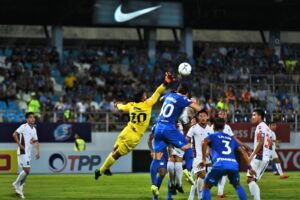
Learn how to prevent and recover from common soccer injuries while strengthening essential muscle groups for peak performance on the field.

Learn how to prevent and treat common muscle injuries in competitive dance with effective strengthening and treatment options.
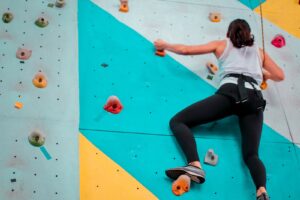
Competitive climbing has exploded in popularity in recent years. It’s a sport that demands strength, flexibility, and skill, and it’s a great workout for the whole body. But like any
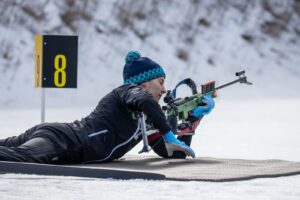
Explore the world of biathlon with insights into muscle use, common injuries, and recovery treatments to keep athletes in top form
Fencing is a safe sport compared to many others, but injuries can happen if proper warm-up, conditioning, and recovery are ignored.
Strains and sprains in the knees, calves, and hamstrings are the most frequent. Shoulder and wrist overuse injuries are also common.
Progressive release, deep breathing, and quick resets like rolling the shoulders or shaking the wrists are effective for reducing tension.
Yes. Treatments such as sport massage and deep-tissue massage improve recovery, release tightness, and prevent recurring injuries.